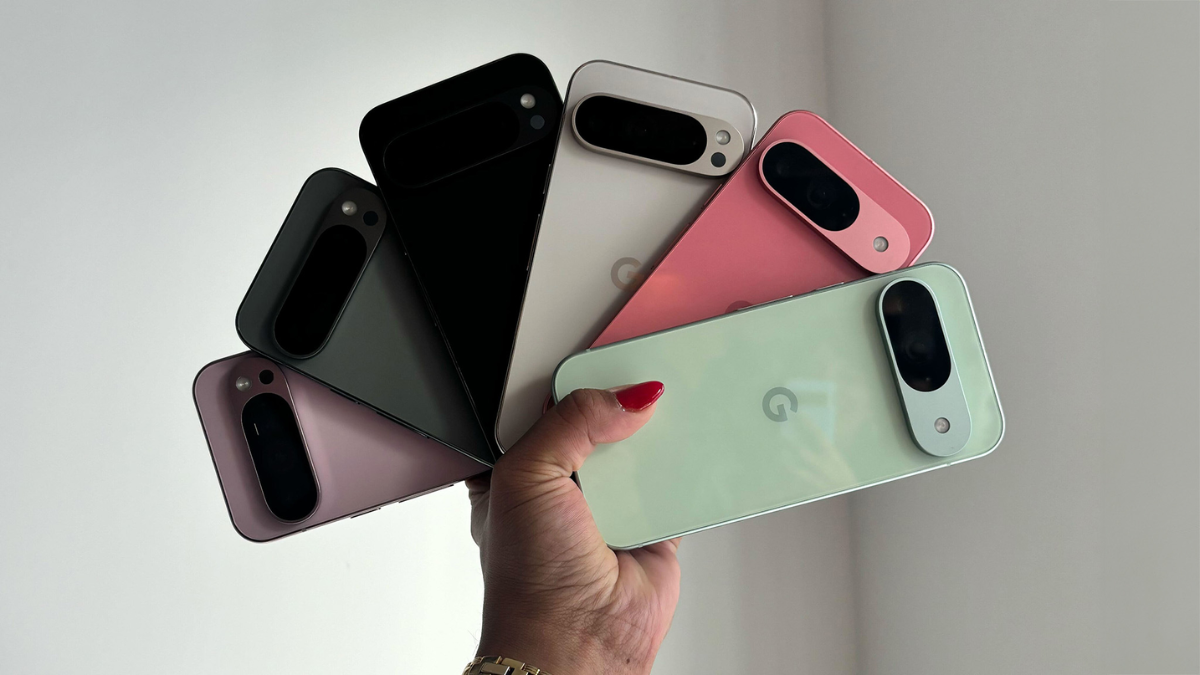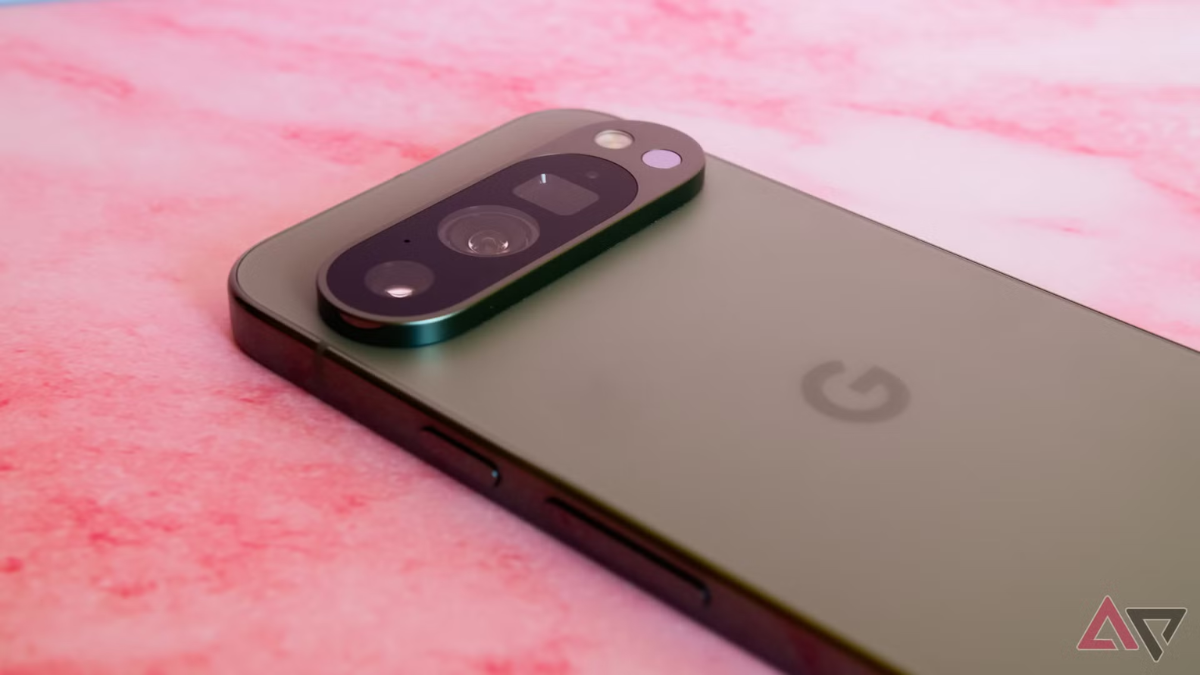As anticipation builds for the launch of the Google Pixel 10, new leaks and teasers have pointed to a subtle yet highly meaningful display upgrade—an improved PWM dimming rate. This feature may seem technical, but it has significant implications for eye comfort and health, especially for users sensitive to screen flicker. Here’s a deep dive into what it means and why it matters.
What is PWM Dimming and Why Is It Important?
PWM (Pulse Width Modulation) is a technique used by OLED screens to control brightness. It works by turning the screen on and off rapidly at a specific frequency. While it’s efficient and helps maintain color accuracy at low brightness, low PWM frequencies can cause eye strain, headaches, and even migraines in sensitive individuals.
A higher PWM frequency reduces this flicker effect, making the screen more comfortable to view—especially in dim environments. With Pixel 10 expected to offer a much higher PWM rate (likely over 2,000Hz), it could become one of the most eye-friendly smartphones available.
Display Experience Set to Improve
The Pixel 10 is rumored to feature a high-refresh-rate AMOLED panel—possibly 144Hz—with LTPO technology for better battery optimization. The PWM upgrade complements this by making prolonged viewing sessions (gaming, reading, or nighttime scrolling) more pleasant and less fatiguing.
Why This Matters for Everyday Users
Many users unknowingly experience fatigue, headaches, or eye strain after long screen exposure. This is often due to flicker from low PWM frequencies. Google’s focus on improving this with Pixel 10 shows a shift toward health-focused hardware design—a feature previously limited to niche smartphones or high-end monitors.
Pixel 10 vs Pixel 8 – Display and Eye Comfort Comparison
| Feature | Google Pixel 10 (Expected) | Google Pixel 8 |
|---|---|---|
| PWM Dimming Rate | 2000Hz+ | ~240Hz – 360Hz |
| Display Type | LTPO AMOLED, 144Hz | AMOLED, 120Hz |
| Eye Comfort Enhancements | High PWM, Low Blue Light Filter | Standard PWM, No special dimming |
| Brightness Control | Adaptive + Manual + Eye Comfort Mode | Manual + Adaptive |
| Flicker-Free Certification | Expected | Not Available |
The rumored PWM dimming rate upgrade in the Google Pixel 10 may be a game-changer for users who spend long hours staring at screens. With smartphone companies focusing more on display quality, Pixel 10’s flicker-reduction feature may position it as one of the most health-conscious smartphones in 2025. If you’re sensitive to screen flicker or want a phone that’s easier on the eyes, Pixel 10 might be the one to watch.
FAQ’s:
Q1: What is the PWM dimming rate of the Google Pixel 10?
A: The Pixel 10 is rumored to offer a PWM dimming rate above 2000Hz, significantly higher than previous models.
Q2: Why is higher PWM important?
A: A higher PWM rate reduces screen flicker, which helps minimize eye strain, fatigue, and headaches, especially in low-light usage.
Q3: Will the Pixel 10 display be better for sensitive users?
A: Yes, users who are prone to screen-related discomfort will likely benefit from the high-frequency dimming of the Pixel 10.
Q4: Does the Pixel 8 have high PWM dimming?
A: No, the Pixel 8 uses a lower PWM rate (around 240Hz–360Hz), which may still cause flicker for some sensitive users.
Q5: Are there other smartphones with high PWM dimming?
A: Yes, a few premium phones like Samsung’s Galaxy S24 Ultra and some OnePlus models offer 1440Hz–2160Hz PWM, but Pixel 10 could take this mainstream with Google’s optimizations.
















